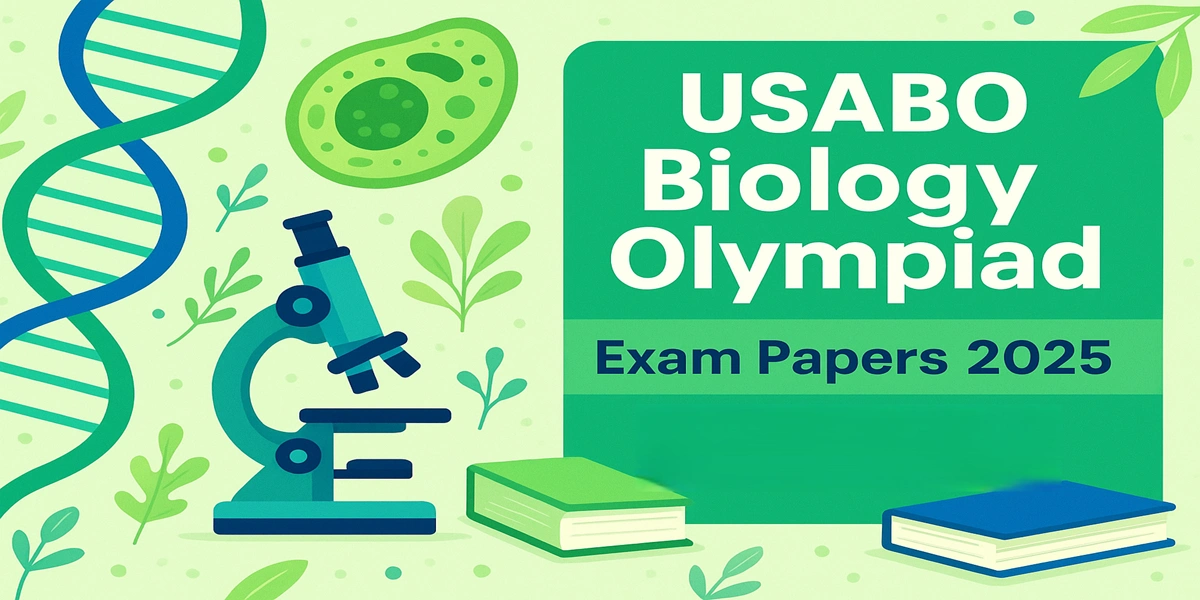Phase I Reaction |
| (I) Oxidative Reactions
(i) Oxidation of aromatic moieties (ii) Oxidation of Olefins (iii) Oxidation at benzylic, allylic carbon atoms and carbon atoms α to carbonyl and imines (iv) Oxidation at aliphatic and alicyclic carbon atoms (v) Oxidation involving carbon – heteroatom system (vi) Carbon – nitrogen systems (oxidative deamination , N – oxide formation, N- hydroxylation) (vii) Carbon – Oxygen system (O – dealkylation) (viii) Carbon – Sulfur system (S- dealkylation , S – oxidation and Desulfuration) (ix) Oxidation of alcohols and aldehydes (x) Other miscellaneous oxidative reactions (II)Reductive Reactions (i) Reduction of aldehydes and ketones (ii) Reduction of nitro and azo compounds (iii) Miscellaneous reduction reaction (III)Hydrolytic Reactions (i) Hydrolysis of esters and amides (ii) Hydration of epoxides and arene oxides by epoxide hydrase |
Phase II Reaction |
|
(i) Glucuronic acid conjugation (ii) Sulfate conjugation (iii)Conjugation with glycine ,glutamine and other amino acids (iv) Glutathione or mercapturic acid conjugation (v) Acetylation (vi) Methylation |
| Read More Topics |
| Application of classical bioisosteres in drug design |
| Stereoisomerism and biological activity |
| Importance of chelates in medicine |





